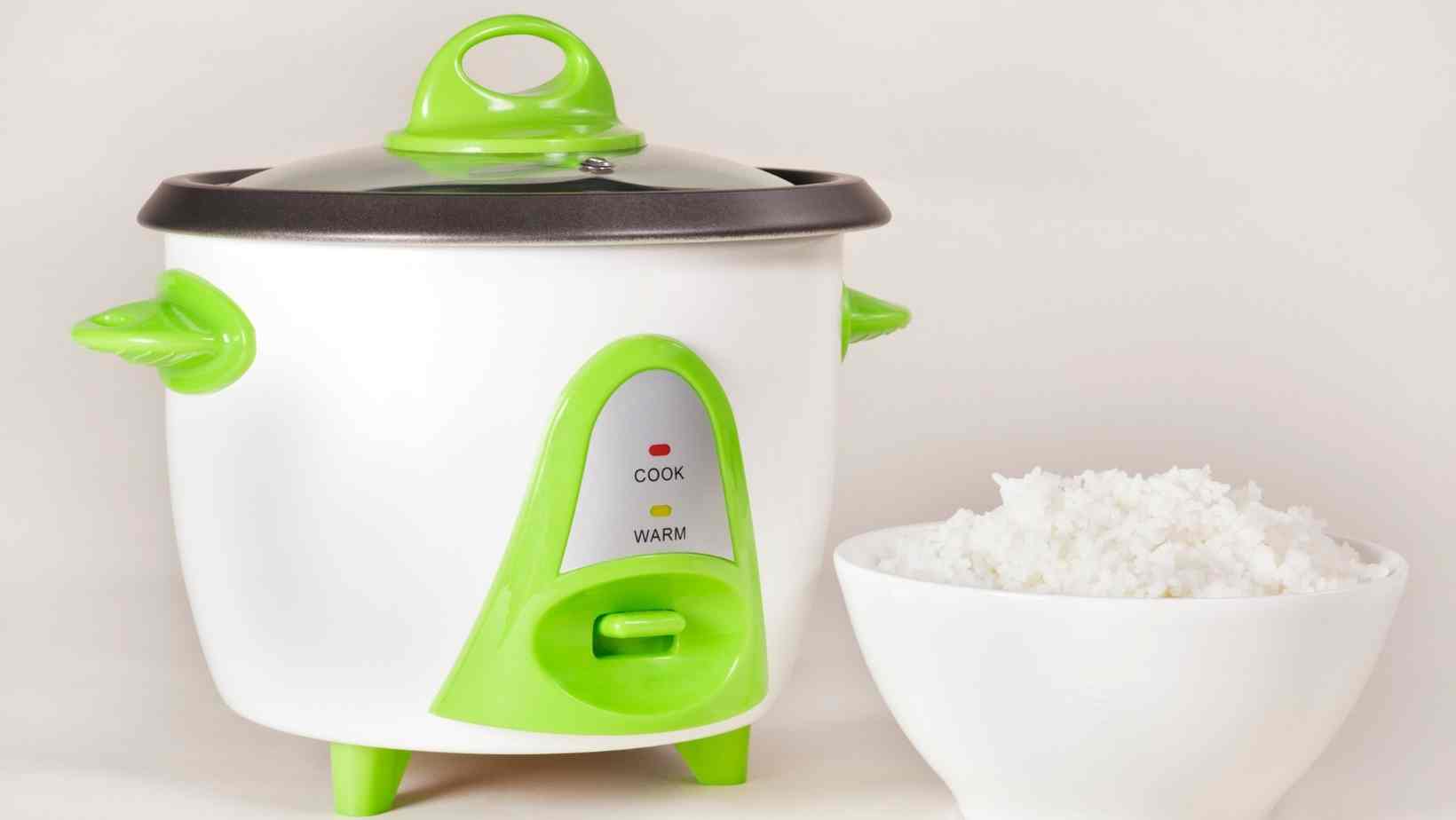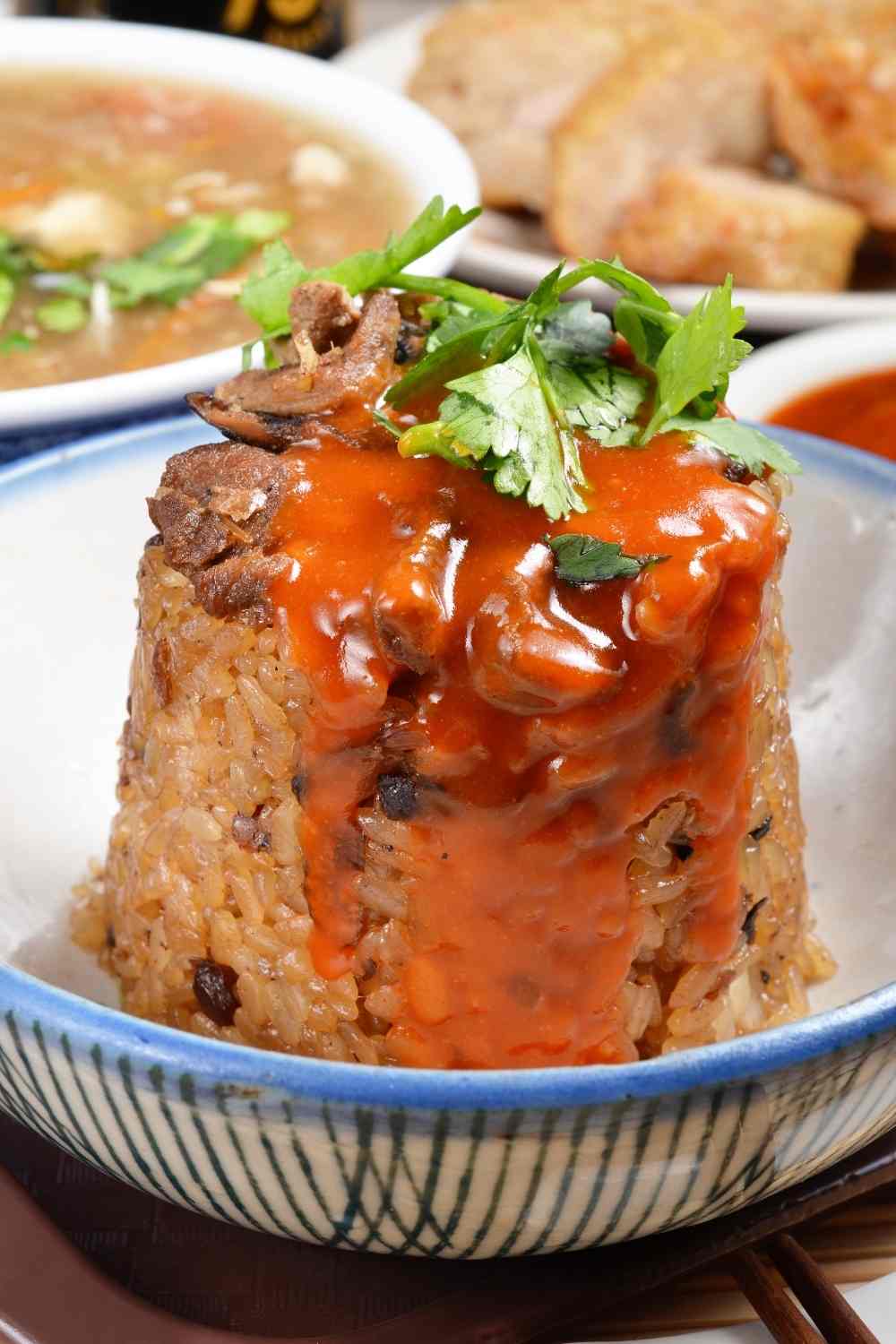Rice may be served as a side dish with dishes like spicy pork, as the foundation of a rice bowl topped with fresh and cooked ingredients, and any leftovers can be transformed into fried rice. It's wonderful to have on hand in case of an emergency since it keeps well in the pantry. Although a rice cooker is not required to cook rice, it does offer a simple, hands-off cooking technique with consistent results. Rice cookers are also useful for cooking large quantities of rice, and some types keep the rice warm until it's time to serve. Follow these guidelines to make rice in a rice cooker that is always perfect.

Jump to:
What is the mechanism of a rice cooker?
Simply fill the cooking pot with rice and water, pick the appropriate program (if necessary), and click the start button. Before shutting the cover, stir everything together and spread it out evenly. This will ensure that it cooks evenly. No matter how fancy or simple the model, the rice cooker automatically switches off after all the water has evaporated and the temperature begins to rise beyond 212°F. Cooking durations vary depending on the kind of rice used and the quantity prepared.
The starch build-up in rice cookers may cause them to spatter. Rinse the rice before cooking to avoid this, and follow the maximum capacity requirements. Splattering may be reduced by adding fat, such as butter or oil, to the rice cooking pot.
In a rice cooker, what is the water-to-rice ratio?
In a rice cooker, the usual ratio of water to rice is 1:1. This equates to 1 cup of rice to 1 cup of water. We discovered that this ratio works best for long-grain white rice; it also seems to work well for other long-grain white rice, such as basmati and jasmine, but we suggest consulting the manufacturer's directions for precise ratios since they may vary depending on the model. Brown rice should be cooked in a ratio of 2 1/4 cup water to 1 cup brown rice.
While virtually all rice cookers have a measuring cup, some include marks on the cooking pot so you always know how much rice and water to add, regardless of how many cups or what sort of rice you're using. Remember that rice cooker cups are usually smaller than normal measuring cups. They typically measure 3/4 cup, which makes little difference in terms of ratios but should be considered when following a conventional recipe.
In a rice cooker, how can I produce fluffy rice?
Allowing the cooked rice to lie undisturbed in the cooking pot with the lid on for 10 minutes after cooking is the best technique to create fluffy rice in a rice cooker. This extra time allows surplus water to be gradually absorbed without overcooking. It will also enable the rice to thicken up and chill somewhat. After 10 minutes, fluff the rice layer by layer with the provided rice paddle. Because most rice cooker pots are nonstick, using a plastic rice paddle rather than any metal tools that may harm the bottom or sides is suggested. The rice paddle is additionally dimpled, which aids in the removal of stuck rice.
What's the deal with my sticky rice?
Cooked rice may be sticky for a variety of reasons, including using too much water or not rinsing it before cooking.
Rice should be rinsed before being cooked to remove any extra starch. Otherwise, instead of the separated texture that is normally wanted, the boiled starch would generate a sticky texture. Rinse the rice until the water runs clear for optimal results. Some individuals like to do this just before cooking in the cooking pot.

What flavors do I add to my rice before and after it's cooked?
To flavor rice, replace the water in a recipe with the equivalent quantity of broth or stock. We prefer unsalted versions since we can manage the sodium level. Herbs and spices, as well as other aromatics like sautéed onions or garlic, may be added to the cooking pot before cooking. Salt may be added before or after cooking, but to prevent oversalting, start with a little quantity while it's raw and adjust to taste afterward.
After the rice has been cooked, it may be seasoned with more spices or a splash of acid, such as lemon. You might also add chopped herbs or veggies to it. Use diced fruit, such as pineapple or mango, for a unique twist.
Is there anything else I can prepare with my rice cooker?
Rice cookers can cook white, brown, long-grain, short-grain, jasmine, basmati, and wild rice, among other grains. They may also be used to create quinoa and oatmeal, among other grains. If your rice cooker doesn't have various settings, be sure you change the water ratio appropriately. By adding chopped vegetables or protein on top of the rice before cooking, rice cookers may also be used to prepare mixed meals. Some even come with steaming racks and baskets.




